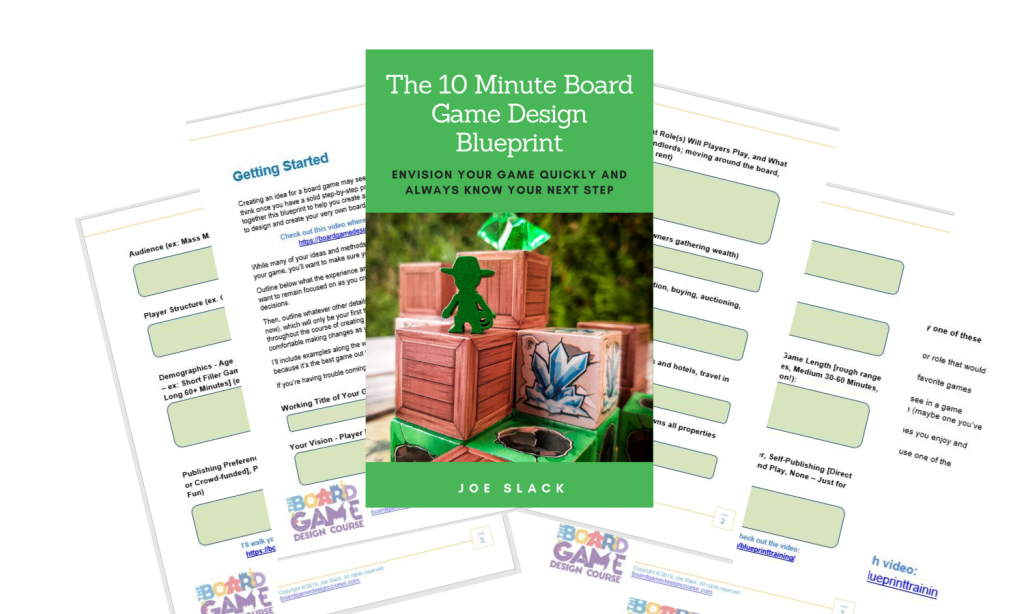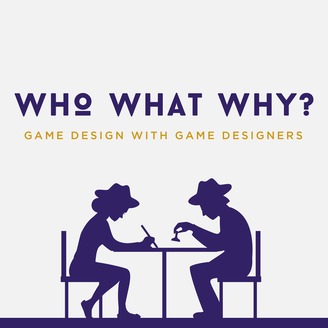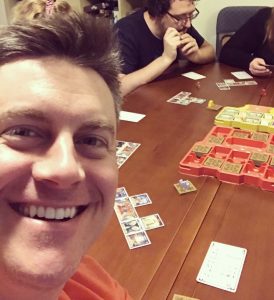
Have a great board game idea but don't know what to do next?
Then grab my 10 Minute Board Game Design Blueprint and you'll know exactly what steps to take!













Hi, my name is Joe Slack.
I've been designing board games since 2014 and I have helped over 4,000 game designers just like you through:
Everything you need to design your game, all in one place!

“(Joe’s book) would have accelerated my progress... by decades.”

“The course continues to get better”

“(Joe) knows what it takes to get a game published”
“Without a doubt, if I had read Joe’s book back in 1989, it would have accelerated my progress and potential as a game designer by decades.”
Jamey Stegmaier
Designer of Scythe, one of the top 10 board games of all time
"Joe really cares and wants to help. He is fully genuine in wanting everyone to succeed. He is constantly putting out content and the course continues to get better. Wherever you are on the journey, I know you’ll benefit from Joe's experience."
Neil Baker
Board Game Design Course student
“In board game design, there's a limit to how much you can learn just from reading books and blogs; Joe has a firm grasp on industry trends, important networks to follow, and knows what it takes to get a game published.”
Patrick Hardy
Mentorship Program student

Have a great board game idea but don't know what to do next?
Then grab my 10 Minute Board Game Design Blueprint and you'll know exactly what steps to take!